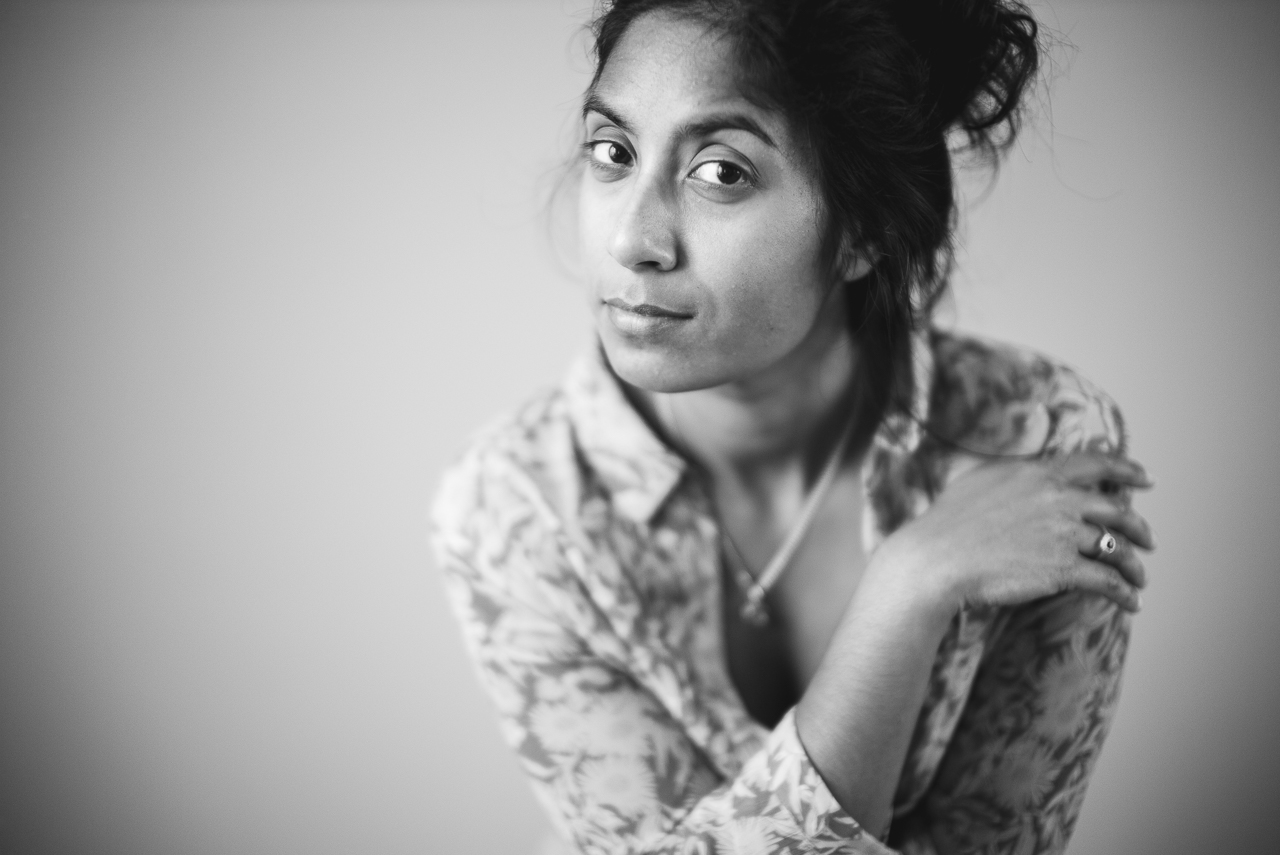It’s been a little more than four years since I bought my Leica Noctilux-M 50/0.95 APSH and it’s time for some evaluation and contemplation. I never spent more time on a decision whether to buy or not, than I did with this lens. I have a good business as a working pro photographer and journalist, but 9150 euros was (and is) a lot of money.
So why did I buy it? Well, I had a few very good reasons. First, I thought the Noctilux would be able to render my shots in a unique and romantic way. Ideal for my documentary wedding photography. Second, an extra stop of light, compared to a 1.4 lens would never be bad. And third, I figured the Noctilux might be a good investment.
I had a bit of a rough start with the lens…
I had a bit of a rough start with the lens. I didn’t get my shots in perfect focus, so I decided to send both the lens and my M240 to Germany for calibration. Although I do have a backup camera, this was a far from ideal situation for a working pro. After that, things went better, but I noticed that getting my subject in focus in the hectic chaos of a wedding, where everybody is running around, was significantly harder than with my 50 Summicron. I had to retrain myself and get the lens in my muscle memory. To make it a little easier, I bought the 1.4x magnifier. That did help.
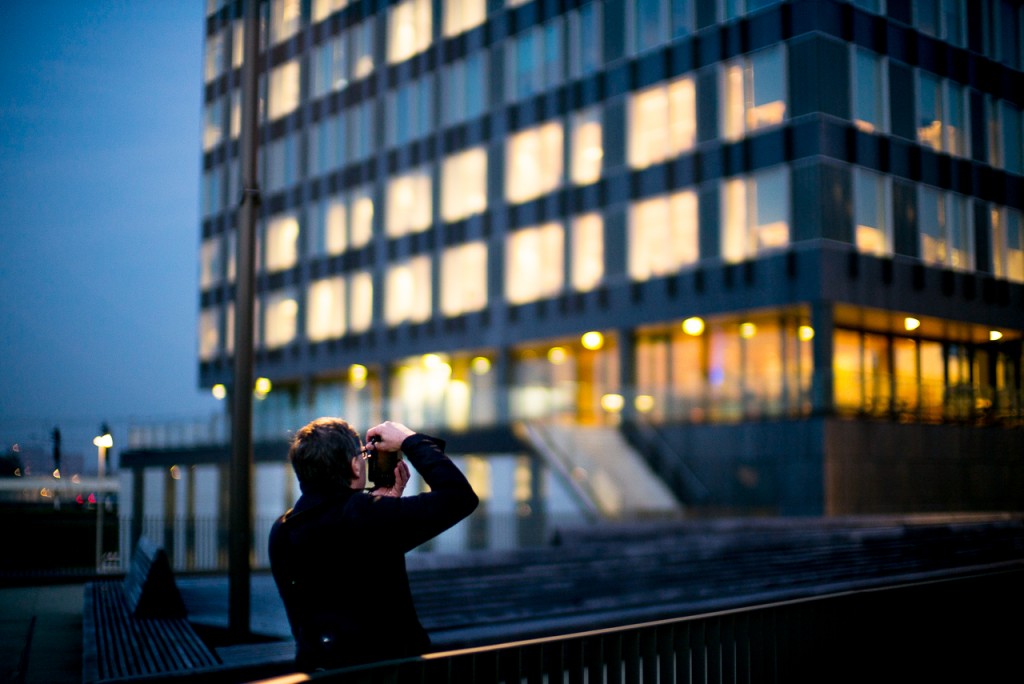
I had to retrain myself and get the lens in my muscle memory
I also ran into another ‘problem’. The balance of the Noctilux is just not right with the M. Using a grip and a thumbs-up does help, but I noticed considerably more strain in my hands and fingers when working for many hours (sometimes a wedding takes 16 hours or more). Shooting the Nocti for only an hour or so isn’t much of a problem, though a front heavy camera is harder to work with than a camera that balances nicely in the hand. For that reason, I still brought my 50 Summicron, because most of my shots are made with a 50 and the Cron can be worked with all day.
After the first new-gear-happy-modus worn off, I noticed that I sometimes left the Nocti at home…
After the first new-gear-happy-modus worn off, I noticed that I sometimes left the Nocti at home and took my Summicron instead. I have to say I didn’t miss the chunk of glass and metal in my camera bag. But when the evenings came and things went dark (ISO 6400, 1/30th, f2) I did miss my Nocti. Instead, I relied solely on my CV 35/1.2 as I’d done for many years before.
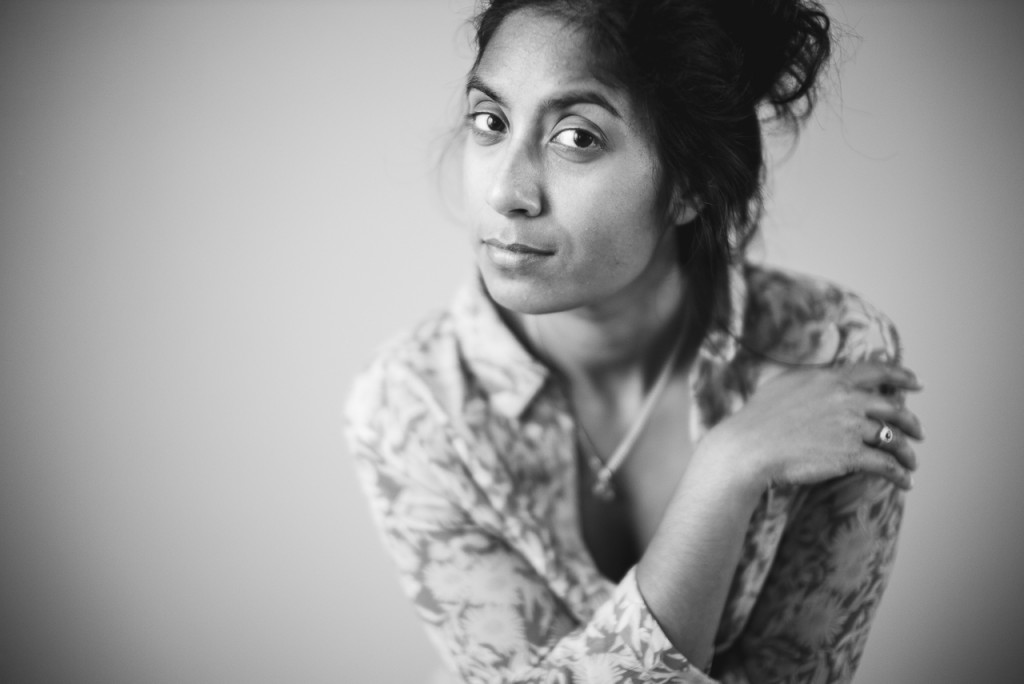
Things changed in 2016 when we came back from an epic five months canoeing and hiking trip through Scandinavia. I had just spent months doing (literally) nothing else but canoeing, setting up the tent, cooking on a gas stove, staying dry and warm and trying not to get killed. After almost half a year of soul searching, I noticed that I had gotten tired of shooting weddings. The pressure, the huge expectations, the long days in the weekends and the hours driving back in the middle of the night, it all seemed just a little too much. I decided to shoot no more than ten weddings a year and I’d try to increase my corporate work.
One of the first things I did was taking my Noctilux out the safe and clicking it onto the camera…
And so I did. Because I was going to shoot more corporate work, mostly portraits and headshots, I invested in a new Broncolor Siros flash kit. And a Leica SL. Although I had worked with the SL for a review, the fact that it was slightly too heavy for our trip kept me from buying it. But when it arrived in November 2016 it was a joy to ‘rediscover’ it again. One of the first things I did was taking my Noctilux out the safe and clicking it onto the camera. One and a half year later, the Noctilux is the lens that has spent the most time on the SL of all my lenses.
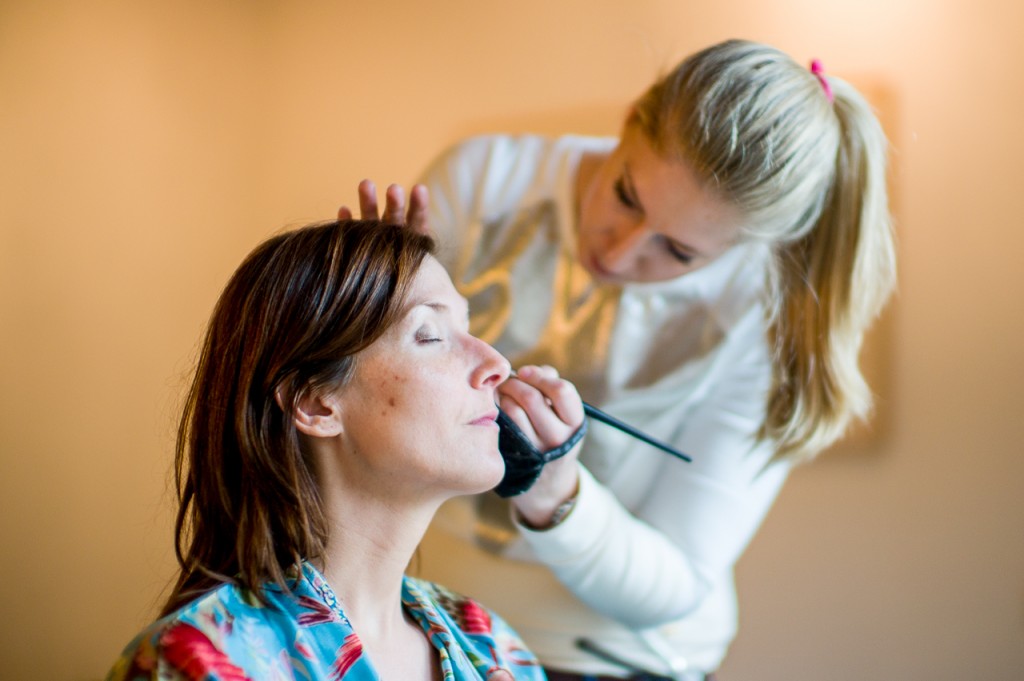
Yes, the Noctilux is a beast that is much easier to tame on the SL than it is on the M. The balance is perfect, focusing on still subjects is much easier (on moving subjects is something you’ll have to learn) and the EVF is a perfect match with the Nocti. Simply stated, if it is so dark that I really need the 0.95, you won’t see much through an optical viewfinder anyway.
Contrary to what all photographers say at youtube, I shot all subjects at 2.8 with just one light, one reflector and one simple collapsible background…
And that’s when something else happened. While I was looking for a perfect lens for my headshots (the 75 Summarit is too harsh, a 90 is too long) I reluctantly took the Noctilux to a portrait assignment. Contrary to what all photographers say at youtube, I shot all subjects at 2.8 with just one light, one reflector and one simple collapsible background. It worked. With it’s minimum focusing distance of 1 meter, it’s hard to get too close to your subject (where a 50mm will eventually start to distort) and focusing with focus peaking did the job.
I started to take the SL to weddings, as a backup for my M and I could edit the images so the client wouldn’t really see the difference between the M and the SL shots. It worked brilliantly. My bag had gotten quite a bit heavier, but I was OK with it. It does make a difference if you only shoot ten weddings a year or forty.
Let’s get back to the start. I stated I had three reasons to buy the Noctilux. How does it feel almost four years later?
1: I thought the Noctilux would be able to render my shots in a unique and romantic way. Ideal for my documentary wedding photography…
Yes, of all the reasons I can think of now, I still think this is the most important reason to buy it. It is unique and it is romantic. And yes, it might be ideal for wedding photography, as long as you are absolutely sure you can nail it in critical conditions. more about that in part II. For now, I can honestly say that the Noctilux has become a vital piece of equipment in my photo bag.
2: An extra stop of light, compared to a 1.4 lens would never be bad…
Hmm, I’d say no. With the M9 an extra stop is crucial. With the M240 it is a very good thing to have. With the SL and the M10, there’s not much left to be desired regarding high ISO performance.
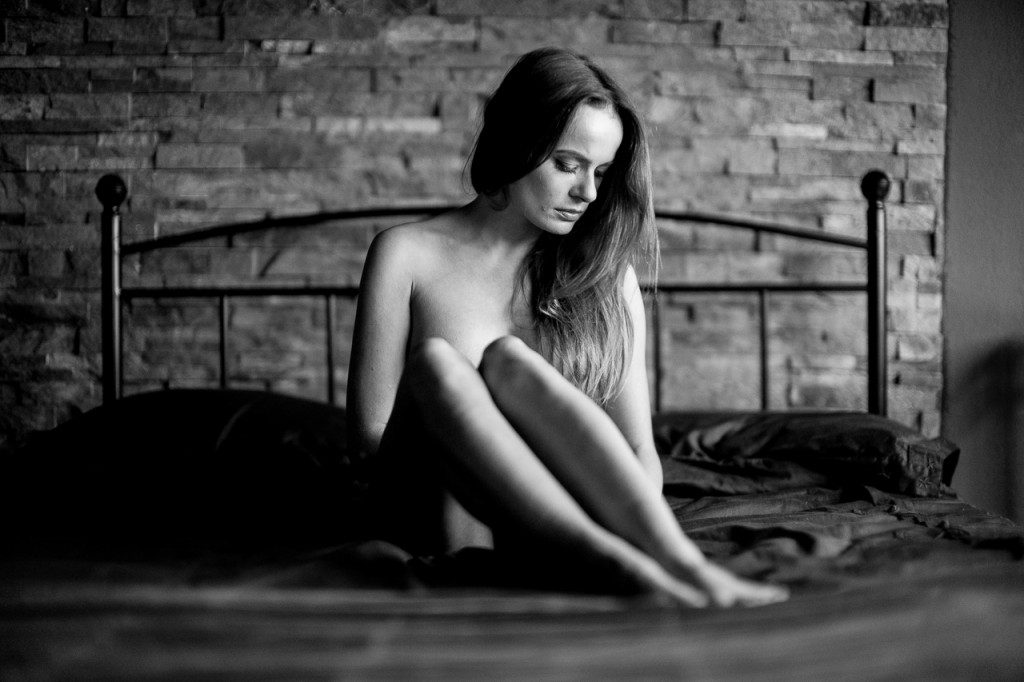
3: I figured the Noctilux might be a good investment…
Yes, it is. I have had clients that participated in my workshops because they wanted hands-on experience with the Noctilux. A few connoisseurs at assignments recognized the Noctilux and instantly bowed down in deep respect (kidding). But even my accountant will be happy. It’s quite simple: I bought the lens for 9150 euros. The same lens will cost you currently an extra thousand euro if you want a new one. That means that the price of my used lens will also go up. But even better, I don’t pay VAT and I can deduct the ex VAT price with taxes. If I were to sell it now, I’d make a profit. And a bigger profit than the money currently does in your saving account.
Back to the question in the header. Is the Noctilux worth the money? I’ve only spoken about ergonomics, workflow, economics, but not so much about the images…And what about the M10? Does that change anything?
Stay tuned for part II.
